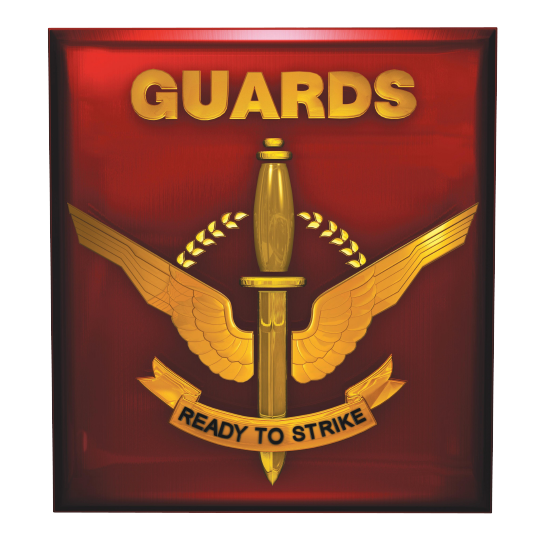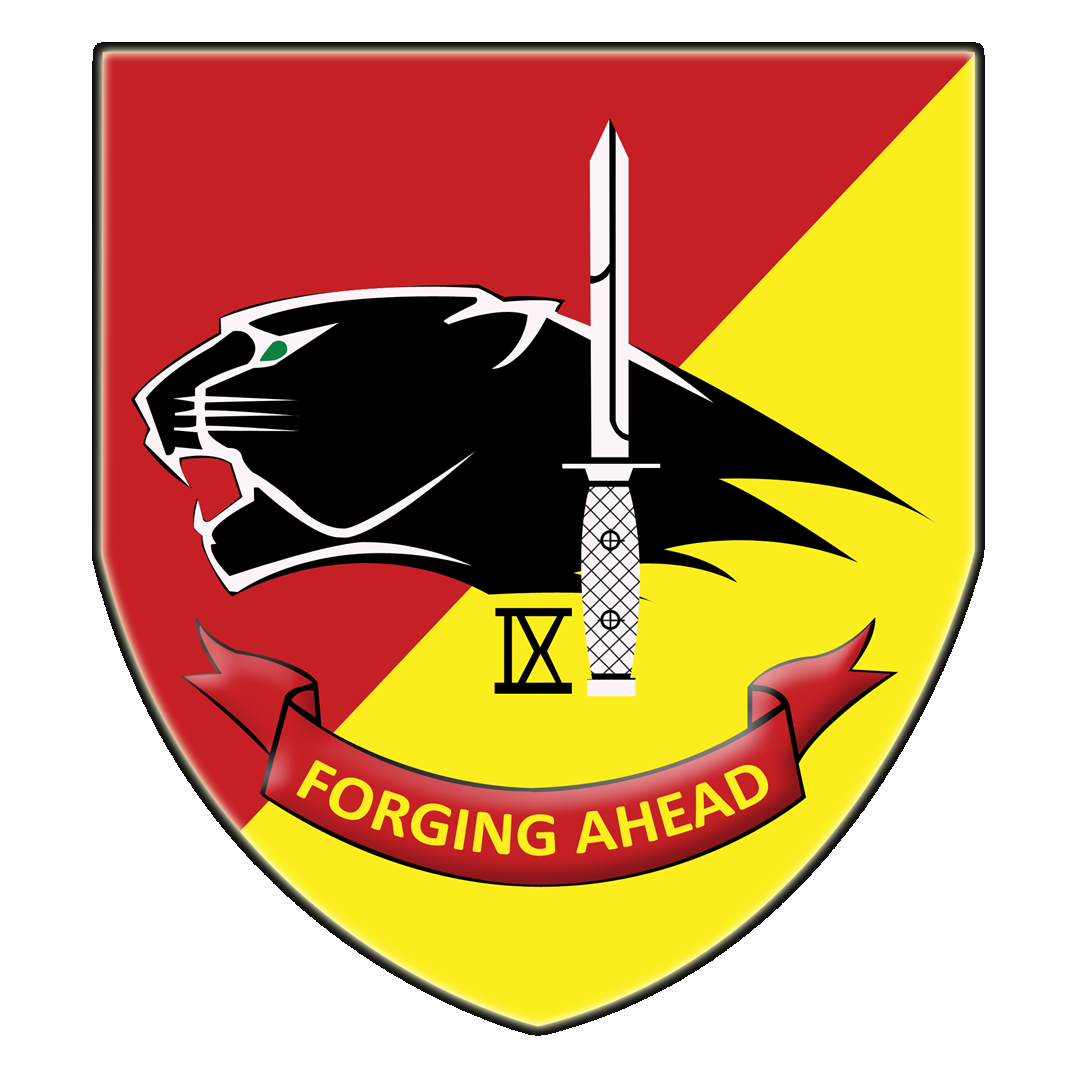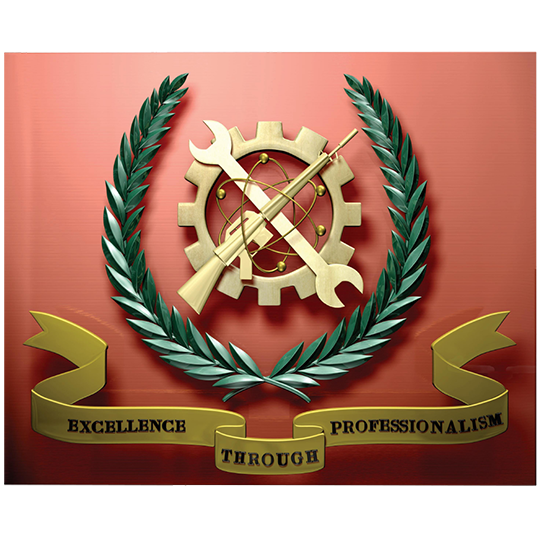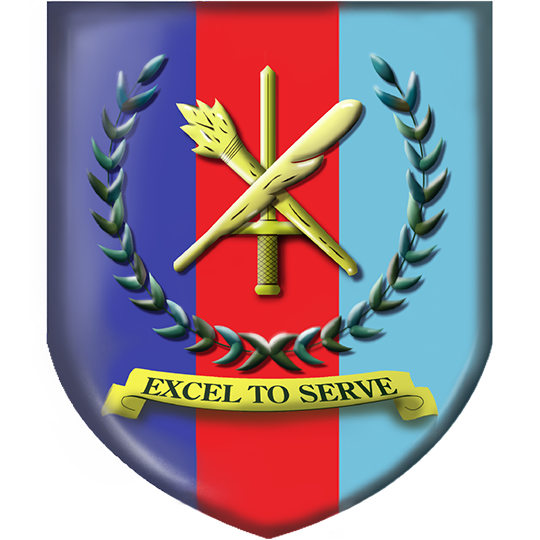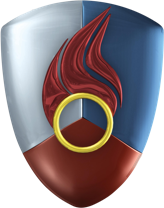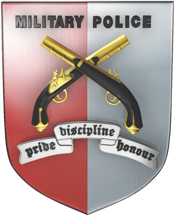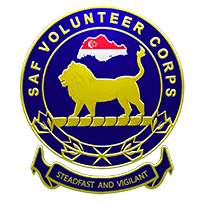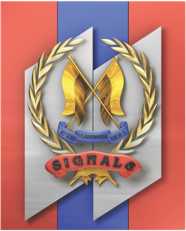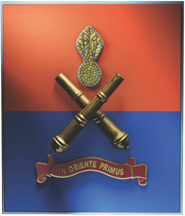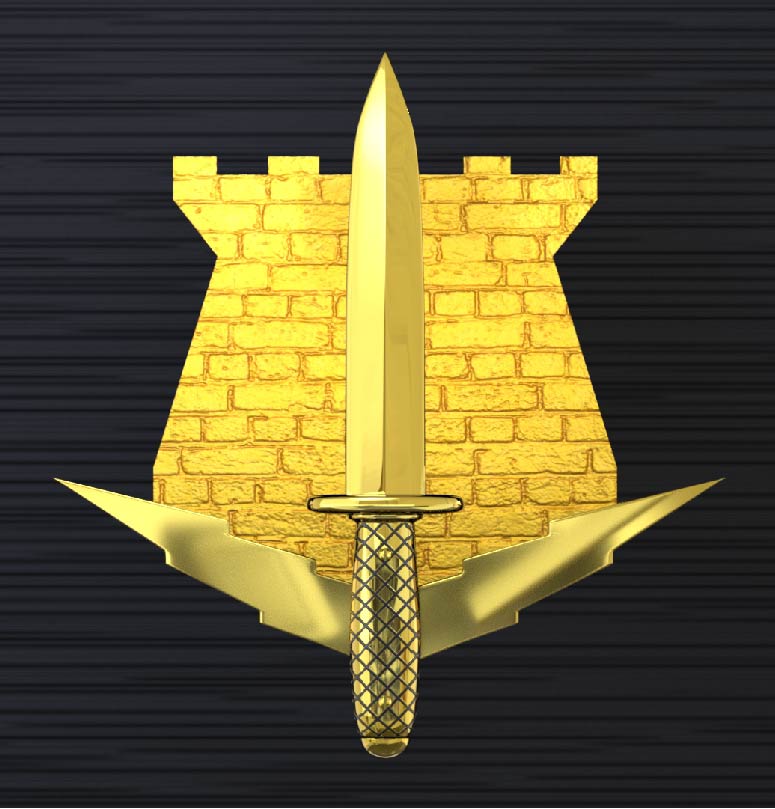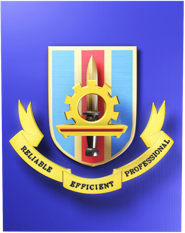 Web Content Viewer
Web Content Viewer
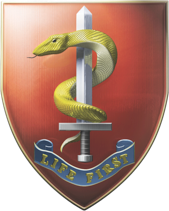
Army Medical Services provides medical services to all Army personnel and treats the injured on the battlefield through our various echelons of medical care. SAF Medical Training Institute (SMTI) trains Medical Officers and medics for the SAF, equipping them with necessary medical knowledge and skills to enhance casualty survival.
Army Medical Services aims to be A World Class Army Medical Service that is Ready in Peace, Resilient in War and Respected by All. We will provide excellent and comprehensive healthcare to our servicemen, and optimise their combat performance over the full spectrum of operations.
Army Medical Services was formed in support of the Army’s desire to be Ready in Peace, Decisive in War and Respected by All. Personnel in Army Medical Services contribute their own expertise to support the 5 Core Businesses of Army Medical Services.
Combat Medical Support
The Army Medical Support System has undergone a paradigm shift in the delivery of medical care to our soldiers. The 3rd Generation Medical Support System saw the modernisation of equipment and capabilities of the Combat Medic, Combat Ambulance, Battalion Casualty Station (BCS), Medical Company, Mobile Surgical Team and Combat Support Hospital.
The Combat Support Hospitals (1 CSH, 2 CSH, 3 CSH & 8 CSH) in HQ AMS support our Army by providing resuscitative surgery to casualties before further evacuation to the base hospitals.
Medical Training
Medical simulation was introduced as a training pedagogy in 2005 by SAF Medical Training Institute (SMTI). Despite using high-fidelity human patient simulators, there were limitations in training realism and team-based training. To overcome these limitations, the state-of-the-art Medical Skills Training and Simulation Centre (MSTC) was opened in 2012.
In 2010, Army Medical Services spearheaded the initiative to proliferate Cardio-Pulmonary Resuscitation (CPR) to all NSFs and equip all SAF camps with AEDs to enhance the timeliness and effectiveness of first aid during a medical emergency. Following that, in Oct 15, SMTI orchestrated a 6-party MOU involving the Singapore Armed Forces (SAF), Singapore Civil Defence Force (SCDF), Institute of Technical Education (ITE), Nanyang Polytechnic School (NYP), SIM University (UniSIM) and the Justice Institute British Columbia (JIBC) to cement the collaboration between employers of paramedics and education institutions.
Medical Operations
The Army Medical Services has participated in various Humanitarian Assistance and Disaster Relief (HADR) efforts in the SAF since 1970. AMS has provided medical relief and medical support in both local and overseas missions.
|
Year |
Event |
|
1970 |
Medical Relief to Victims of Cyclone Disaster, East Pakistan |
|
1975 |
Provision of Medical Care to Refugees from Vietnam at Bedok Jetty and East Coast Park, Singapore |
|
1976 |
Medical Relief to Victims of Earthquake Disaster, Bali, Indonesia |
|
1986 |
Medical Support for Rescued Victims of Hotel New World Collapse |
|
1990 |
Medical Relief to Victims of Earthquake Disaster, Baguio City, Philippines |
|
1991 |
Medical Support for UN Forces in Gulf War, King Khalid International Airport, Riyadh, Saudi Arabia |
|
1997 |
Medical Support to Military Observers in Minugua, Guatemala |
|
1999 |
Medical Relief to Victims of Earthquake Disaster, Taiwan |
|
1999 |
Peacekeeping and Humanitarian Work, East Timor |
|
2000 |
Medical Relief to Victims of Earthquake Disaster, Bengkulu, Indonesia |
|
2004 |
Medical Relief to Victims of Tsunami Disaster, Indonesia (Banda Aceh, Meulaboh) & Thailand (Phuket) |
|
2007 |
International Reconstruction Efforts in Afghanistan |
|
2009 |
Medical Relief to Victims of Earthquake Disaster, Indonesia (Padang) |
|
2015 |
Medical Relief to Victims of Earthquake, Nepal (Gokarna) |
Soldier Performance
Since 1989, the Soldier Performance Centre (SPC) has been involved in specialist research in the fields of human performance and conditioning. In recent years, these specialist research areas include heat injury prevention, military training-related injury prevention and occupational health hazards prevention. Notably, a Memorandum of Understanding (MOU) was signed between the Singapore Armed Forces and Changi General Hospital on 28 Nov 2011 to co-develop guidelines that aid in the diagnosis and treatment of our servicemen with joint and muscle conditions.
In Dec 2017, SPC integrated with Army Fitness Centre and Soldier System Integration Lab and established the Centre of Excellence for Soldier Performance (CESP) under 9 Division/HQ Infantry. HQ AMS will continue to provide professional input on projects related to soldier performance.
Healthcare Services
The mission of the Medical Centres is to care for the health of our servicemen, delivering the highest quality patient-centric care to sustain and enhance force health in peacetime and war. HQ AMS will work together with Military Medicine Institute (MMI) to provide professional oversight of the Army Medical Centres.
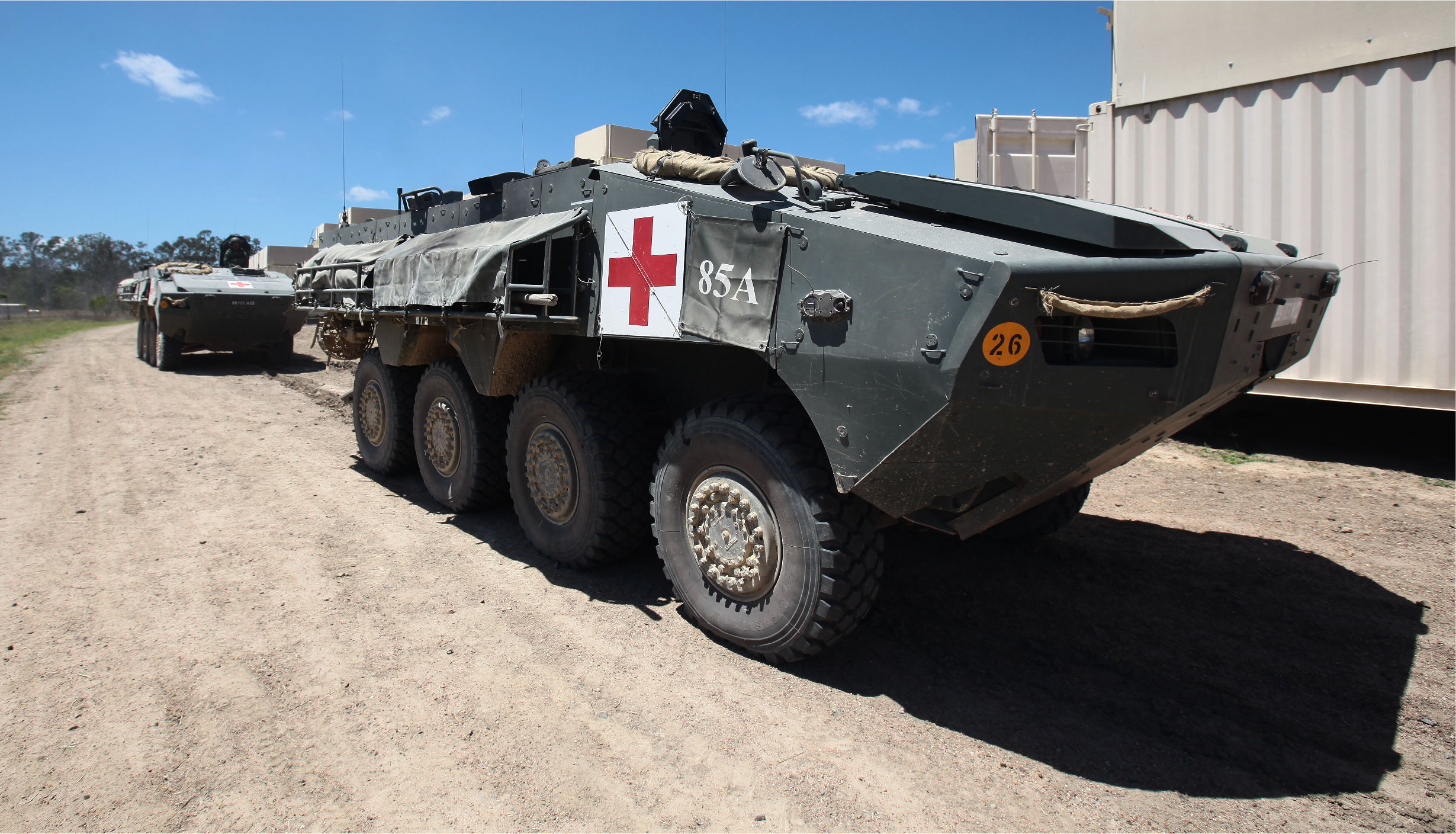
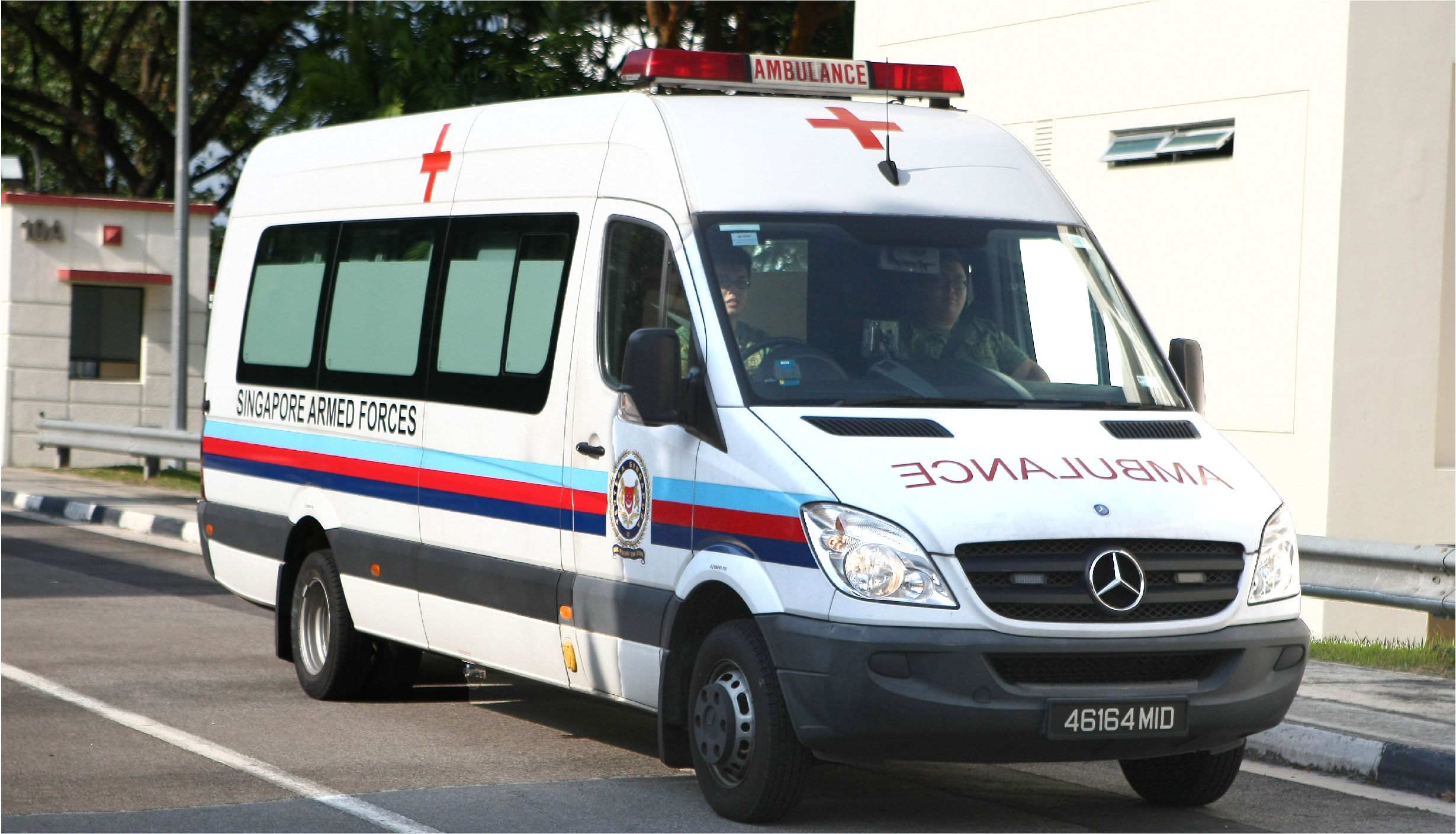
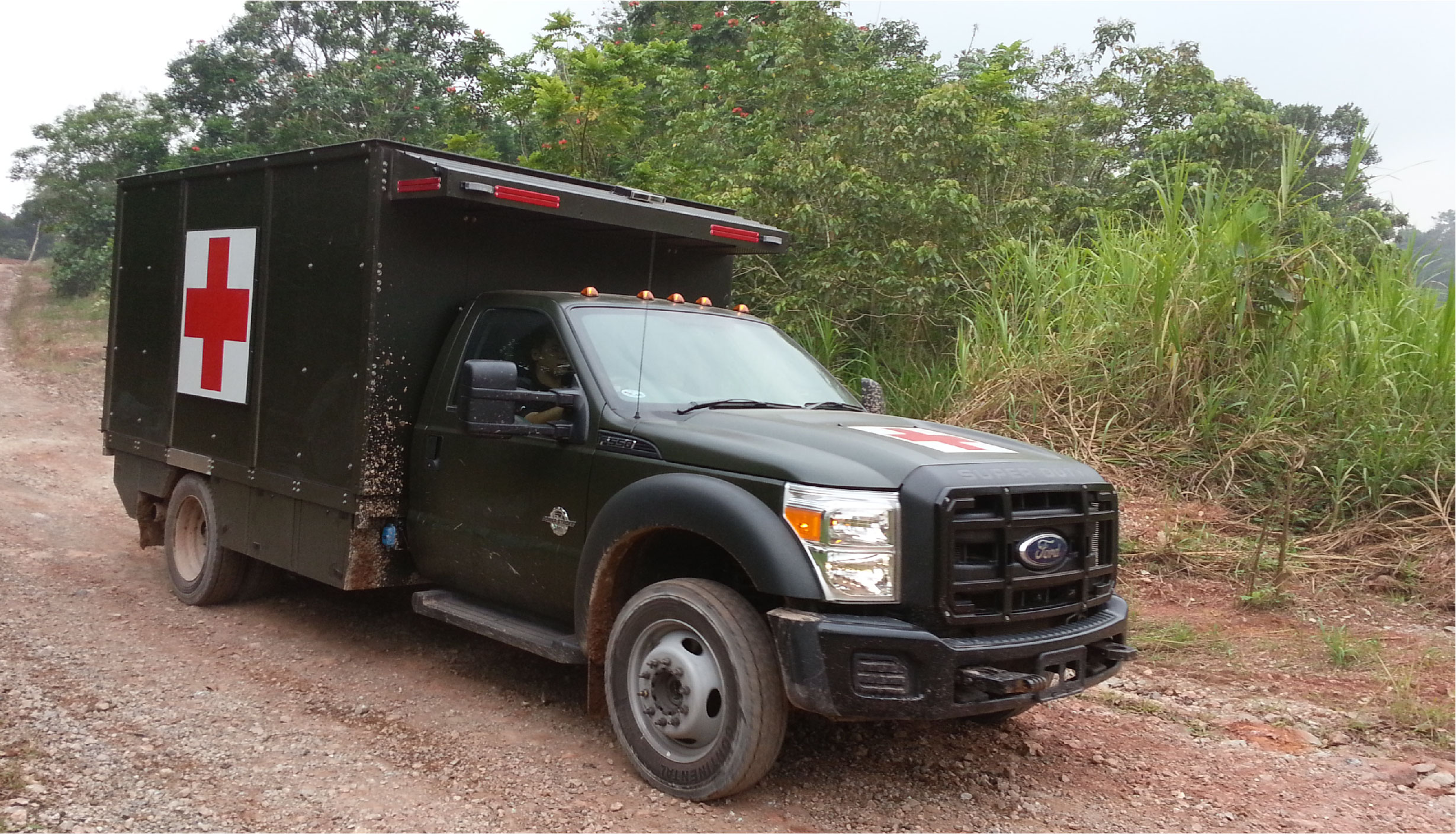
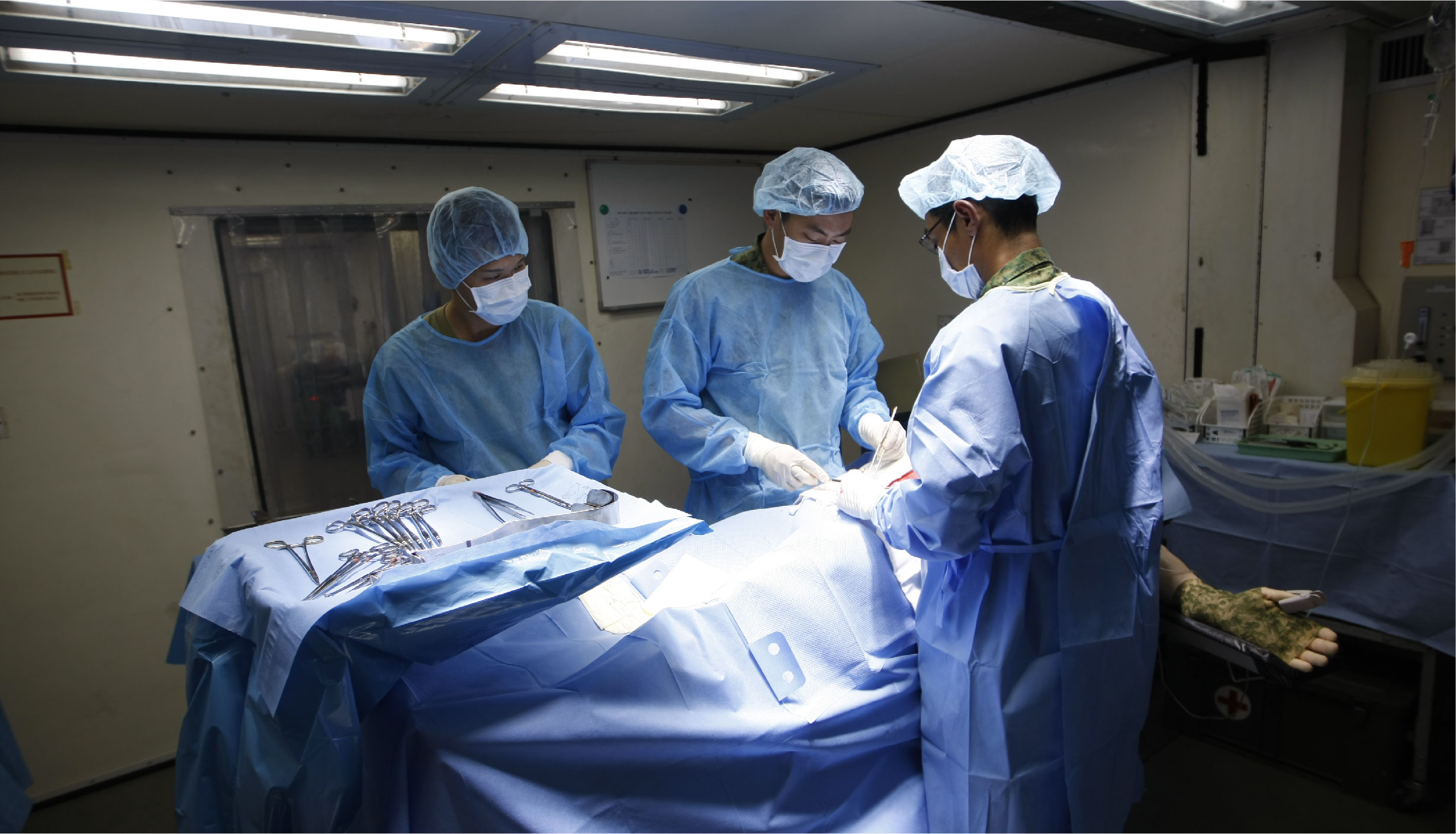
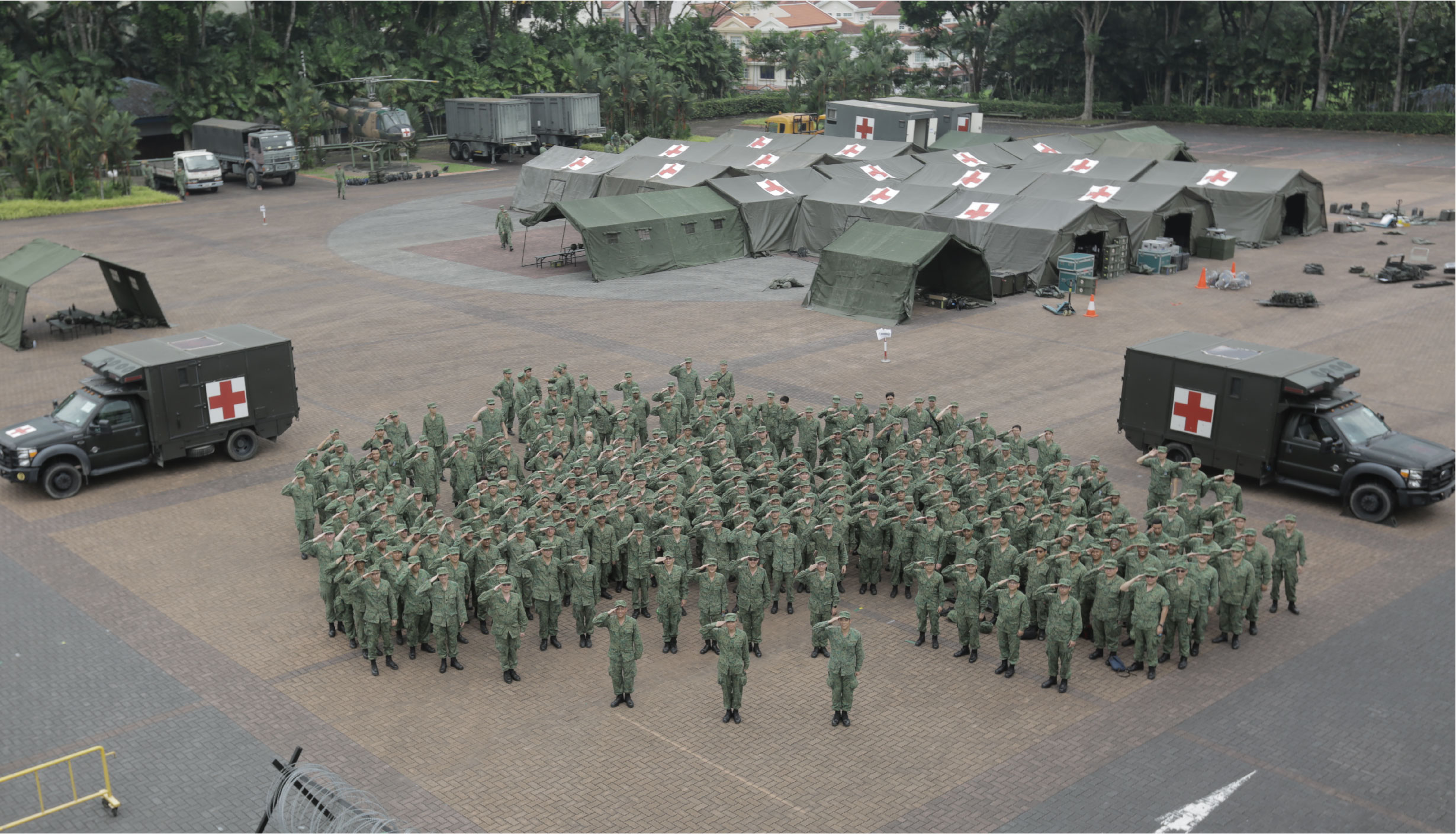
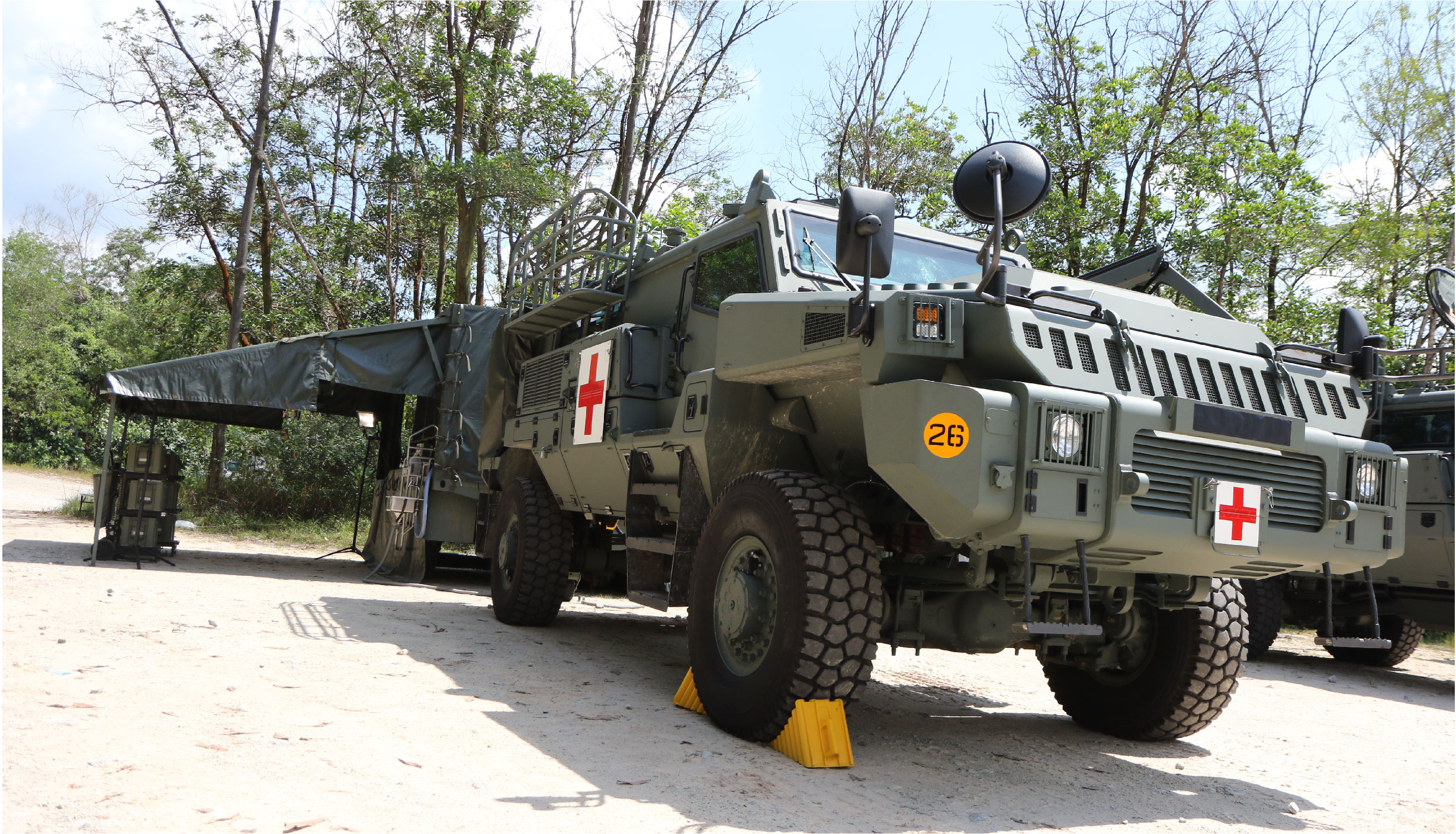
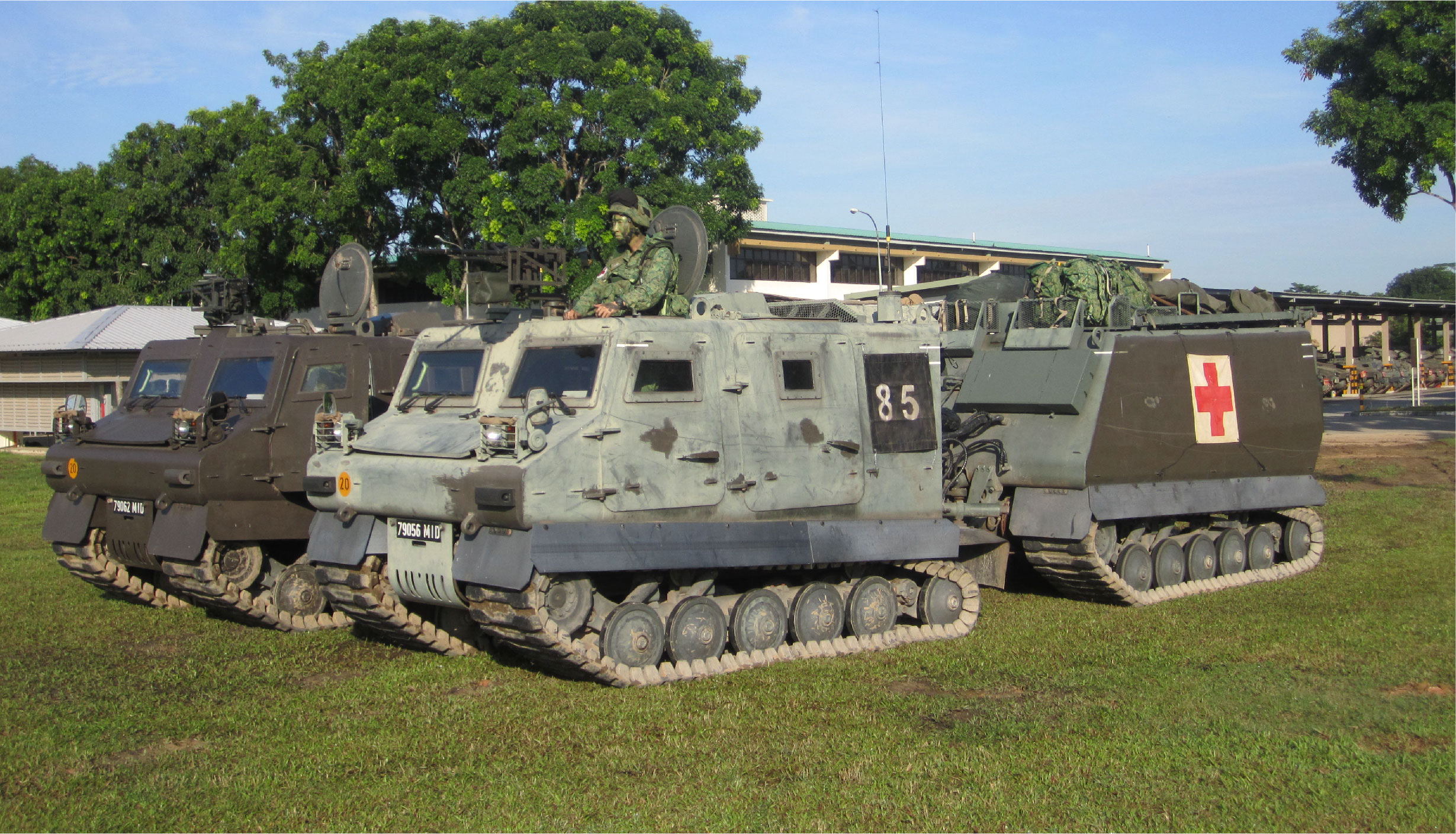
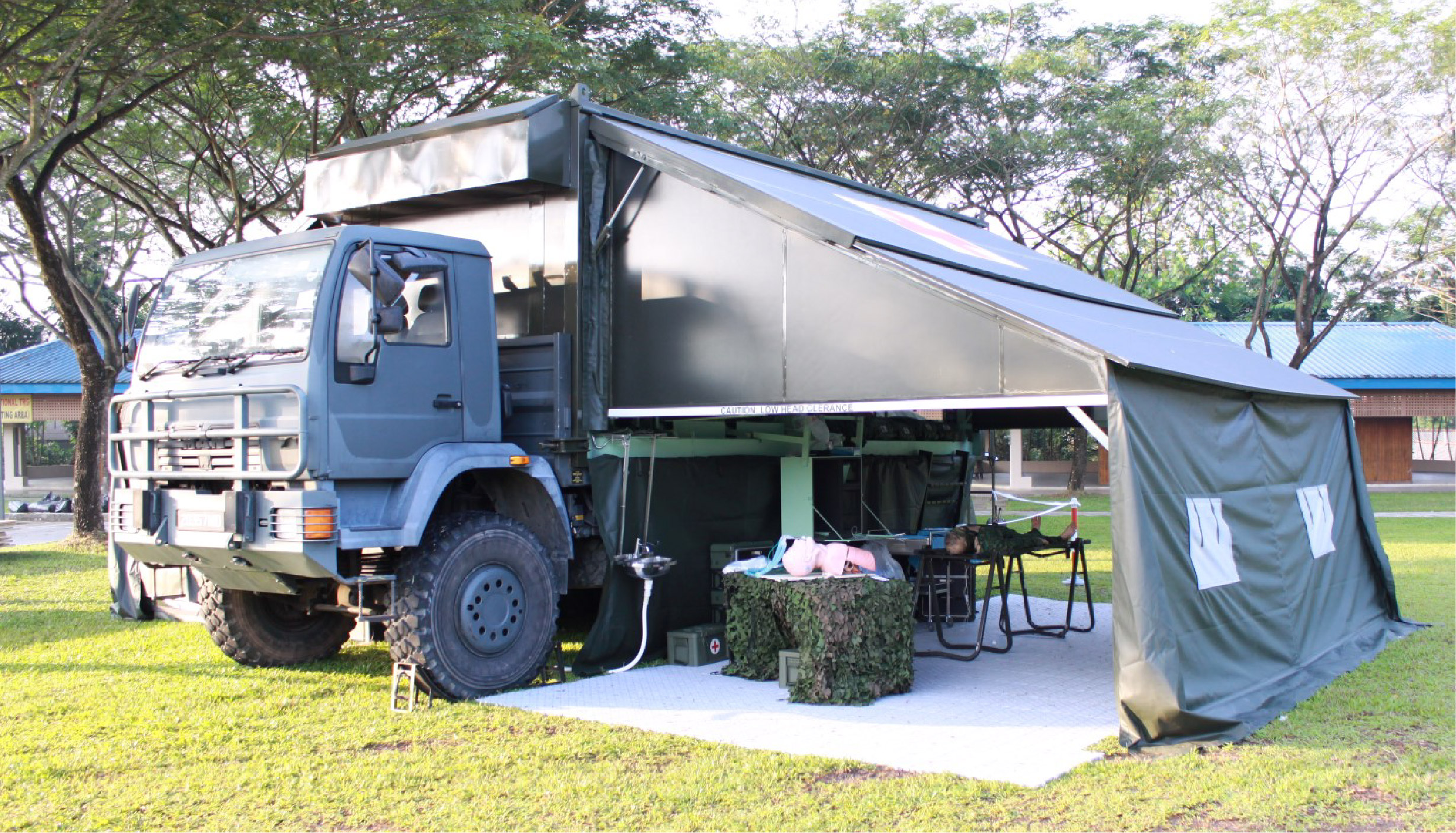
Role
The Terrex Ambulance is an eight-wheeled vehicle. It has fast speed mobility to keep up with the Motorised Infantry units, evacuating casualties from the front line to the BCS.
Role
The Combat Support Hospital (CSH) provides a multi-disciplinary range of field medical services including emergency, surgical, intensive dental and psychiatric care. Care is provided with the support of radiology and laboratory in a general ward or outpatient setting.
Role
The Motorised Infantry Battalion Casualty Station known as Protected Combat Support Vehicle (PCSV) (Medical Variant), locally designed and built, has enhanced survivability and situational awareness for the medical personnel in the Motorised Infantry. The BCS is manned by 2 medical officers and 10 medics.
Role
The Infantry (Battalion Casualty Station BCS) provides frontline medical support for infantry soldiers. Equipped to treat battle wounds, the 12-man BCS can be man-packed or transported on vehicles. This versatility enhances the BCS’ readiness for battalion level operations.
The military medical services in Singapore began in 1901 when the Ambulance and Bearer Section of the Singapore Volunteer Artillery (SVA) was formed, comprising of volunteer medical officers to provide medical aid. It was only in 1967 that the SAF Medical Services was officially created with the establishment of the Senior Medical Officer (SMO) Department.
To deal with the increasing intricacies and complexity of the SAF, Headquarters Medical Services was introduced on 1 June 1972. Subsequently, Senior Medical Office (SMO) Army was formed in 1988. The office of the Chief Army Medical Officer (CARMO) formed in 1993 was redesignated as HQ Army Medical Services (HQ AMS) in 1995 and accorded with the title of Senior Specialist Staff Officer (SSSO) HQ in 1996.
The medical services continued to progress over the years to meet the needs of the SAF, and in 2006, the School of Military Medicine (SMM) was restructured into SAF Medical Training Institute (SMTI) and came under the command of HQ AMS.
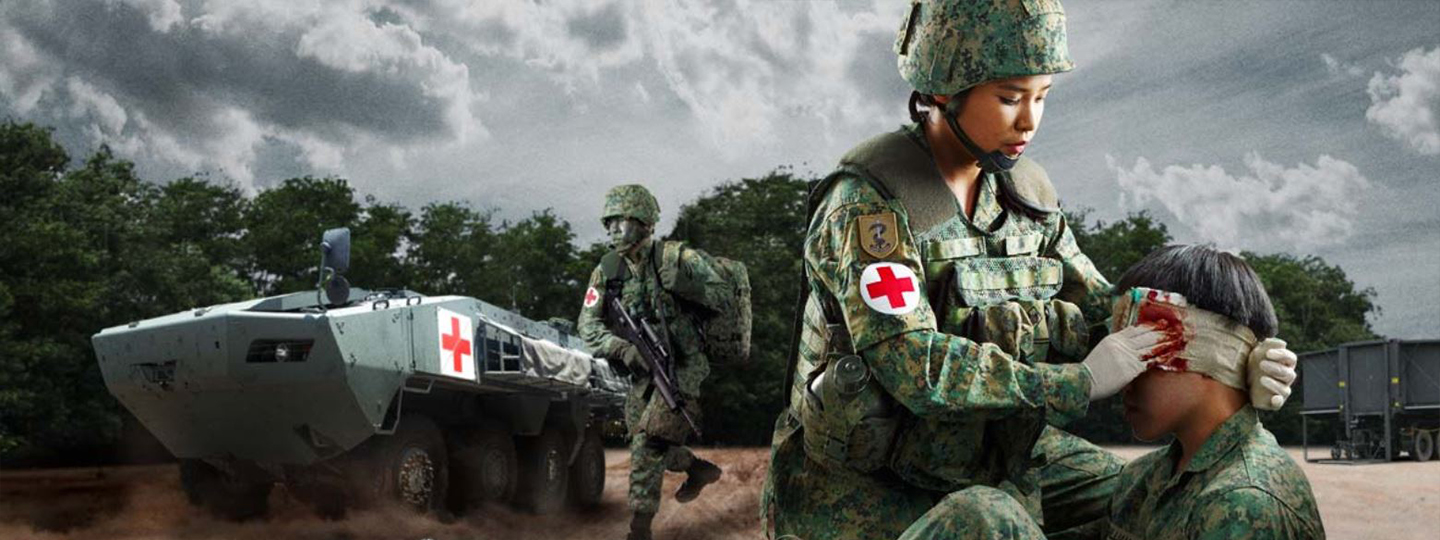

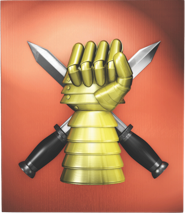
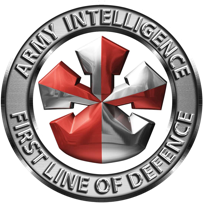
.png?sfvrsn=5f842510_1)
